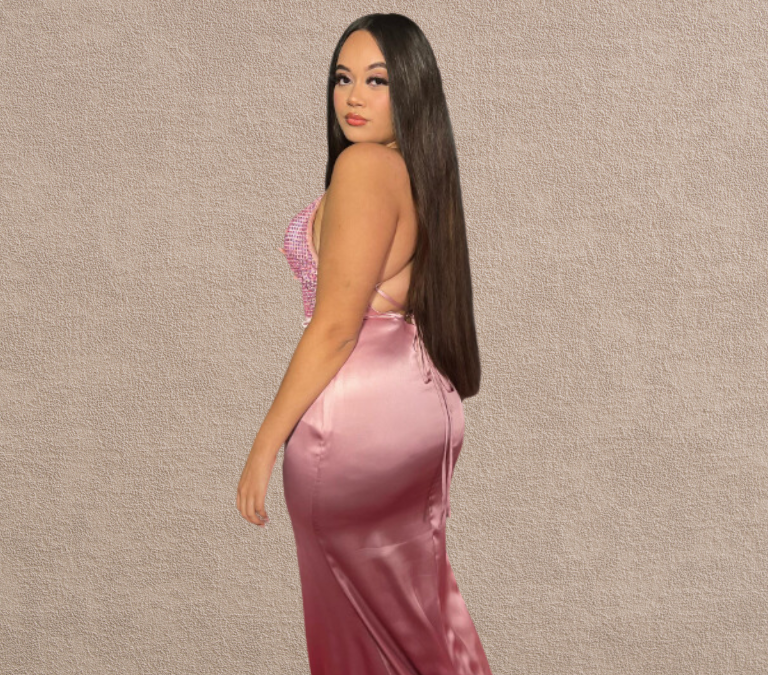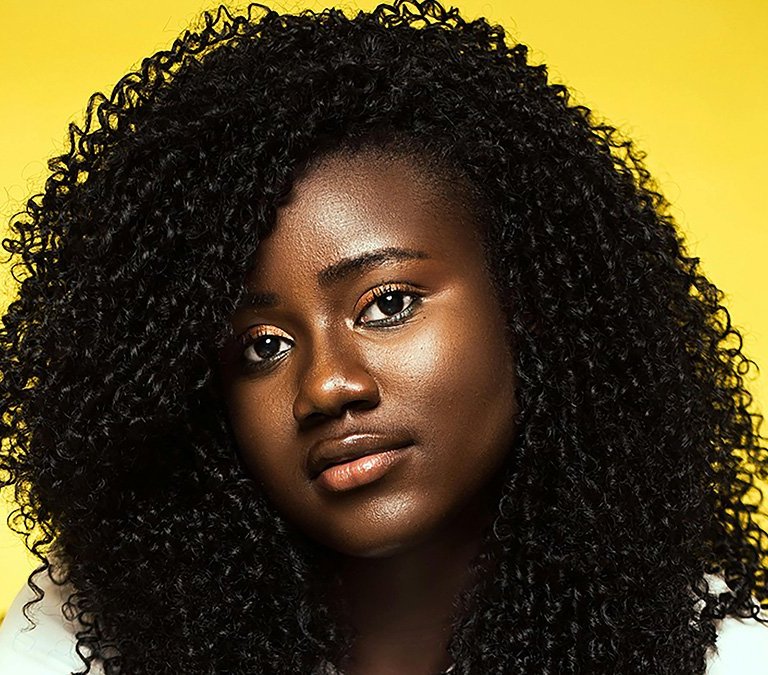I’ve known about this natural emollient since I was waist high. And I particularly love this oil because it is extremely rich in vitamin E and essential fatty acids that are important for healthy hair growth.
Benefits of Castor Oil
- It is an excellent emollient and humectant for skin and hair.
- It can treat hair thinning and hair loss.
- It can prevent a dry, itchy scalp.
- It has antifungal, antiviral and antibacterial properties, so it can be effective for treating skin/scalp infections like ringworm.
A Word on Jamaican Black Castor Oil
Many women want to know why there’s so much buzz about Jamaican Black Castor Oil (JBCO). So let me give you a brief rundown of what JBCO is and why it’s different from other types of castor oil.
Manufacturers will use different types of processing methods when extracting oils from plants, and an oil will be either unrefined or refined based on how it was extracted from a plant. Unrefined oils retain most if not all of their nutritive properties, while refined oils will lose some (or possibly all) of theirs.
JBCO is a raw, unrefined form of castor oil, so it is a form of castor oil that has retained most if not all of its nutritive properties; it is simply a high-quality form of castor oil. And this is why JBCO is so highly sought after and wildly popular among women.
Castor Oil and Healthy Hair Growth
Castor oil is a great hair oil but it can be very thick and sticky, so some women may end up having a bad experience with the oil. In fact, it’s not uncommon for a woman to get immediately turned off from using this oil because it left her hair all sticky and icky. Still this oil is simply amazing for the health of your hair and scalp. So check out these few tips on how to best use castor oil. Then try out this oil for a few weeks. Who knows, you may just fall in love, too!
Tips for Using Castor Oil
1. Moisturize Hair First
Before using any emollient (e.g., hair oil or butter), you always want to make sure that your hair has been wet first (i.e., your hair has been moisturized first). Emollients don’t moisturize; they simply seal moisture in. So the best way to use castor oil is on wet hair.
2. Use Less Oil
Castor oil is very thick and sticky, so you don’t need to be heavy-handed with it. Using a lot of castor oil won’t increase its benefits; it will just make your hair sticky and limp. And with castor oil, as well as many other emollients, you will find oftentimes that using less is more. Also, because it is a heavier oil, some women do prefer to use castor oil only on certain parts of their. For example, some may use castor oil only on the edges of hair as opposed to using it all over their hair.
3. Mix with Other Oils
Since castor oil is so thick and heavy, it may be best to “lighten” it up with other oils. There’s no law that says you can’t mix your emollients. In fact, I’ve been using a great mixture that includes equal parts castor oil, olive oil and fresh rosemary. This is a wonderful hair oil — and it smells great too!
Is castor oil a part of your hair regimen? How do you use your castor oil? What type of castor oil do you use?




